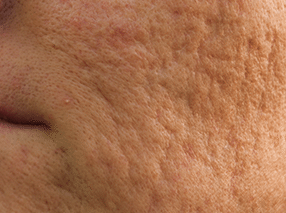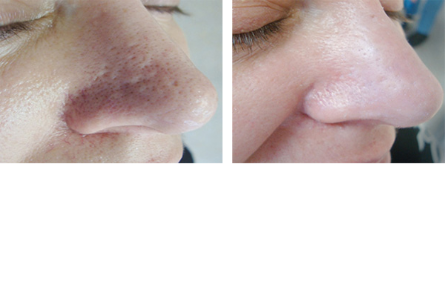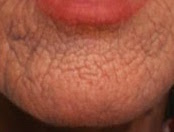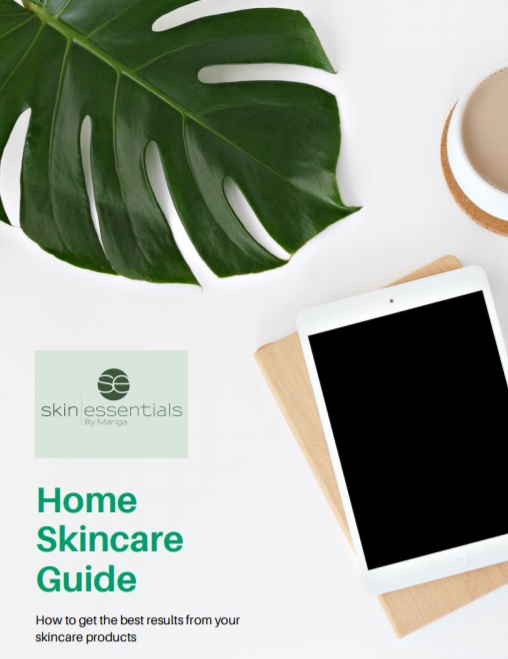Skin texture – how to get smooth, even skin whatever your issue.
What do we mean by texture?
When we talk about assessing your skin texture we mean two things
- Whether your skin is thin, medium or thick in density. Generally this is determined by your genetic make up and is not subject to change, except in the case of skin that has been artificially thinned due to illness, over-treating with inappropriate products or other factors.
- Texture also refers to the level of smoothness of the skin. Is there uneven or bumpy areas visible to the naked eye, or apparent to the touch. This can be surface texture as in flaky patches, or a deeper issue such as congested pores or badly adhered skin layers. This is the texture that can be worked on using professional products and treatments to make it smoother.
What is ‘normal’ texture?
In skin there is no ‘normal’, we go by what is normal and achievable for you on taking into consideration your genetics, level of past skin damage, skin health on an overall and a cellular level and commitment to effecting and sustaining change in your skin’s health and appearance. In general, almost everyone wants to achieve a higher level of visible and touchable smoothness to their skin.
Reasons for/types of texture you might experience
Acne scarring
Tiny grains-of-sand feeling under the skin
Congested pores, blackheads, whiteheads
Dehydration
Dry patches
Enlarged Pores
Glycation
Wrinkles
Acne
What can be done to improve the appearance of textured skin?
Acne scarring: can be successfully treated with clinical treatment such as microneedling or trifractional radio frequency, our pyramid facelift treatment is amazing for scars that are indented or pitted.

Acne scarring can be successfully treated
Tiny bumps that can be felt more than seen: often due to an incomplete or disrupted skin call life cycle, this can be smoothed from the outside with enzyme exfoliation and addressed at source with products high in bio-identical lipids such as our Lipid Repair Concentrate. Vitamin A is also a great cell normaliser, find it in Age Slowly Serum, Blemish Control Cream and Overnight Repair Cream. If it is medically ok for you to do so, you can take an omega 3, 6, 9 supplement to build better quality skin lipids from the inside. Reduce sugar intake also.
Congestion, blackheads, whiteheads: At home, use products containing salicylic acid , Vitamin A (see above) and hyaluronic acid (Hyaluronic+ Moisture Boost). Drink plenty of water. Clinically, extraction facials or acid peels will help clear skin faster at the beginning then homecare will maintain clear pores.
Dehydration: This requires a two-fold approach of getting more water in the skin (drink your 8 glasses a day) and then keeping it there by strengthening the lipid layer. Dehydrated skin is more prone to closed comedones and fine, papery-feeling lines but is pretty easy to correct with the right habits and products.
Dry patches: dry skin can be challenging for the client as it takes time to slowly bring it back to optimum function. It is not hard to do, just using the right homecare products (focusing on replenishing products such as Skin Comfort Oil and Skin Comfort Cream), and adding nourishing facials to speed the process, but does require compliance and patience. It will takes months to begin to turn around skin that has been drying our for possibly years but the rewards are great when you get there. The temptation is to constantly exfoliate to temporarily relieve dry patches and reveal radiance but this is detrimental in the long run as skin get dryer and more sensitised without it’s protective barrier.
Enlarged Pores: note that I don’t use the phrase ‘open pores’ here – pores are supposed to be open, that’s normal! However, some people do have visibly enlarged pores and how to make them appear smaller is a common question. My advice here is to use products containing vitamin A (nightly) and vitamin c (daytime) and if you have oily skin use a cleanser containing salicylic acid in the morning. Trifractional Radiofrequency Treatments are the best treatment on the market for reducing enlarged pores.

Before and after a course of trifractional
Glycation: often mistaken for wrinkles, glycation is a manifestation of a combination of ageing skin, built-up sun exposure and excess sugar in the system. It can appear anywhere on the face but is very common on the chin, around the mouth area and the cheeks. It looks like square, cushioned texture and is not something that is easily treated – this one is a prevention is better than cure situation so be careful of the aforementioned triggers. Depending on the severity of the condition, a course of SmartMeso treatments can greatly improve the appearance of glycated skin.

Example of glycation
Wrinkles: this one is obvious, wrinkles disrupt the smooth texture of the skin. Treatment will be bespoke for everyone but I always recommend looking at microneedling both as prevention and to reduce existing lines in a progressive, sustainable way. For a deeper revision of wrinkles combined with skin tightening the Pyramid Facelift is unbeatable.
Acne: once we assess whether your type of acne is within our scope of treatment you will be given a personalised course of action to get it under control. This will include homecare, professional peels and diet/lifestyle advice.
Maintaining your results
Once your skin texture has been improved to target levels (remember this can be different for different skin types and conditions, expected outcomes are covered at your initial consultation so that you know what can be achieved for you), a maintenance programme will be put in place to keep everything smooth.
This can include professional treatments every 1-3 months, continued diet and lifestyle trigger control and suitable homecare to keep your skin clear. We recommend reviewing your skin goals every 6 months to make sure all is as it should be and to tweak any homecare or clinical maintenance for the current season.


Stay Updated